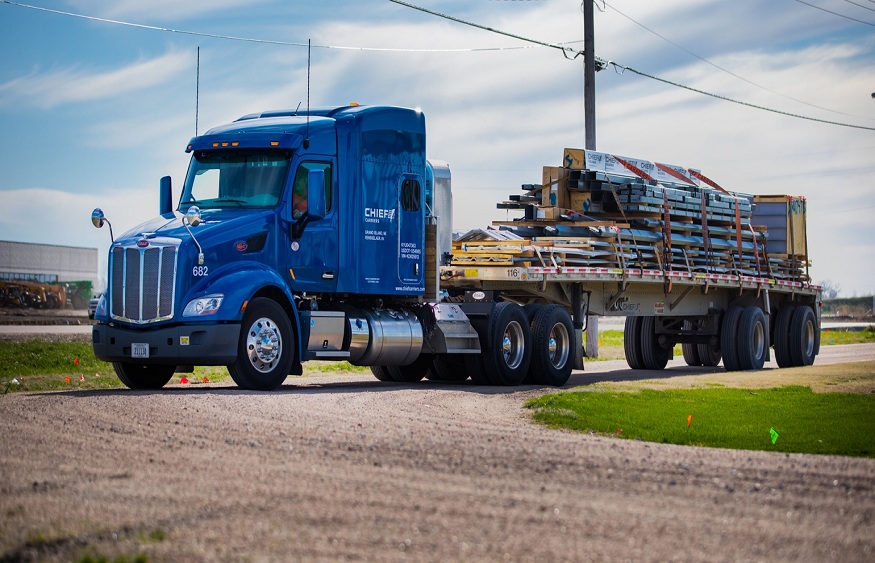Exploring the Three Pillars of Logistical Operations
In the ever-evolving landscape of logistics, understanding its different types is crucial for businesses aiming to streamline their supply chain. The question ‘What are three types of logistics?’ invites us to delve into the core of logistical operations: inbound, outbound, and reverse logistics. Each type plays a unique role in the orchestration of product flow, and companies like Chief Logistics excel in mastering these to support their clients’ diverse needs.
Inbound Logistics: The Beginning of the Journey
Inbound logistics refers to the transportation, storage, and receipt of goods coming into a business. It’s the first step in the supply chain, involving activities like sourcing materials, managing inventory, and coordinating with suppliers. In this phase, efficiency is key. Optimizing inbound logistics can significantly reduce costs and improve production time.
Chief Logistics demonstrates prowess in inbound logistics by ensuring a smooth, uninterrupted flow of materials to businesses. They specialize in handling the complexities of sourcing and delivery, ensuring that their clients’ production lines never run dry.
Outbound Logistics: The Path to the Customer
Outbound logistics is all about moving finished goods from the company to the end user. This stage involves warehousing, picking, packing, and shipping products to customers. The primary focus here is on customer satisfaction and delivery efficiency.
For companies like Chief Logistics, outbound logistics is more than just a delivery process. It’s about crafting a customer experience. With their sophisticated tracking systems and efficient transportation networks, they ensure that products not only reach their destination but also uphold the brand’s reputation through timely and safe delivery.
Reverse Logistics: The Cycle of Returns
Reverse logistics is the process of moving goods from their final destination back to the seller or manufacturer for return, repair, reuse, or recycling. This type of logistics is increasingly important in today’s eco-conscious world, where consumers and businesses alike are more aware of the environmental impact of products.
Chief Logistics approaches reverse logistics with a commitment to sustainability and customer service. They manage returns efficiently, reducing waste and cost, and thereby enhancing brand loyalty and environmental responsibility.
The Importance of a Versatile 3PL Partner
For businesses to efficiently manage these three types of logistics, partnering with a versatile third-party logistics (3PL) provider like Chief Logistics is vital. A good 3PL partner offers a variety of services that fit current strategies and help achieve long-term business goals. By handling the complexities of inbound, outbound, and reverse logistics, Chief Logistics plays an essential role in their clients’ supply chains.
Efficient Freight Management
Inbound, outbound, and reverse logistics are the three pillars that support the vast and complex world of logistics. Understanding and efficiently managing these types can significantly impact a business’s success. Chief Logistics, with its expertise and comprehensive services, stands as a beacon in this domain. For more information on how they can transform your logistics processes, visit Chief Carriers.

